Happy Sunday!!
I'm back with another post from beautiful Villa de Leyva, Colombia. This time, I'm taking you on a tour of Antonio Nariño's home, which was turned into a museum bearing his name.
If you like Spanish colonial architecture, or if you want to read up on Colombian history, this is the post for you. If none of those subjects appeal to you, no worries, I'll be back with more DIYs and home décor in my next posts.
A couple of weeks ago I took you up and down the little cobblestone streets of Villa de Leyva. I couldn't help but take one-hundred-twenty-seven pictures of beautiful white houses with the most gorgeous balconies. Yes, most houses in Villa de Leyva look exactly like the house you see in the picture below. This one is, precisely, Antonio Nariño's home, now turned museum.
The entrance was free of charge, and I was very excited to see the interior of at least one of these beautiful houses.
However, let's start by knowing who Antonio Nariño was. Antonio Amador Jose de Nariño y Alvarez del Casal (Santa Fe de Bogota, Colombia 1765-1824 Villa de Leyva, Colombia) was a Colombian ideological precursor of the independence movement in New Granada (Colombia). He was also one of the first political and military leaders.
Nariño admired the political ideologies of the leaders of the French and American Revolutions. He held meetings to discuss the need for independence and the means of achieving it.
After getting a copy of the "Declaration of the Rights of a Man", which was distributed by the French Assembly, he translated it from French to Spanish. The translated pamphlets were distributed to all corners of the continent which cause him to be arrested.
Later on in life and after many trials and tribulations, he was appointed as one of the candidates for the election of the presidency of Gran Colombia.
Nariño was always interested in journalism, which is why he started publishing articles in the newspaper of the city of Santa Fe. In 1972, to avoid the newspaper being stopped from being published, Nariño bought the printing press, which he would use to print the translation of the Declaration of the Rights of a Man.
Translated from one of the museum's posters:
"Everyday Life in the 19th century
Our house is located on the south side, two blocks from the town's main square. It is made of adobe and clay roof tiles. Life passes slowly, spaced out. Outside there are almost no sounds, except for the chill of the morning and its subtle hiss. Women are dedicated to weaving. Pets lie in the corners."
The rooms in the front part of the house are the ones holding Nariño's memorabilia, pictures, letters, guns, and other objects.
The Rights of a Man are displayed all around.
The Declaration of the Rights of a Man is also imprinted here on this wall in the courtyard.
We then proceeded towards the backyard or garden.
It was a gorgeous day, we sat there to take a little break. I was there chatting with my niece Isa.
Back inside the house, we went upstairs.
There, we got to this long corridor.
It had a view of the courtyard below and of the adjacent houses.
The bedroom is very simple as well. I adore the coverlet.
Back on the other side of this big room, they arranged these furnishings in something that resembles a dining room, or office?
Last but not least, one of my favorite parts of the house, is the balcony!
So very pretty!!
My daughter posing here on another classic element of Spanish colonial architecture, the arches.
Continuing to the back of the house we passed by this room/gallery.
The first room we entered here, was the living room.
Another translated excerpt :
"God, how many things! My in-laws have arrived from Europe and they seem to have gone crazy. They have brought many trunks full of the finest clothes for all members of the family. For the women of the family, they brought beautiful and tight dresses, corsets, and petticoats, with ruffles and lace at the bottom. They have brought them jewelry in pearls and other precious stones, ribbons, tortoiseshell combs to support their curls, and caps and scarfs."
That ceiling and door! 😍
I hope you've enjoyed touring this Spanish colonial home! Stay tuned for more from Villa de Leyva. ;)
XOXO,
Cristina



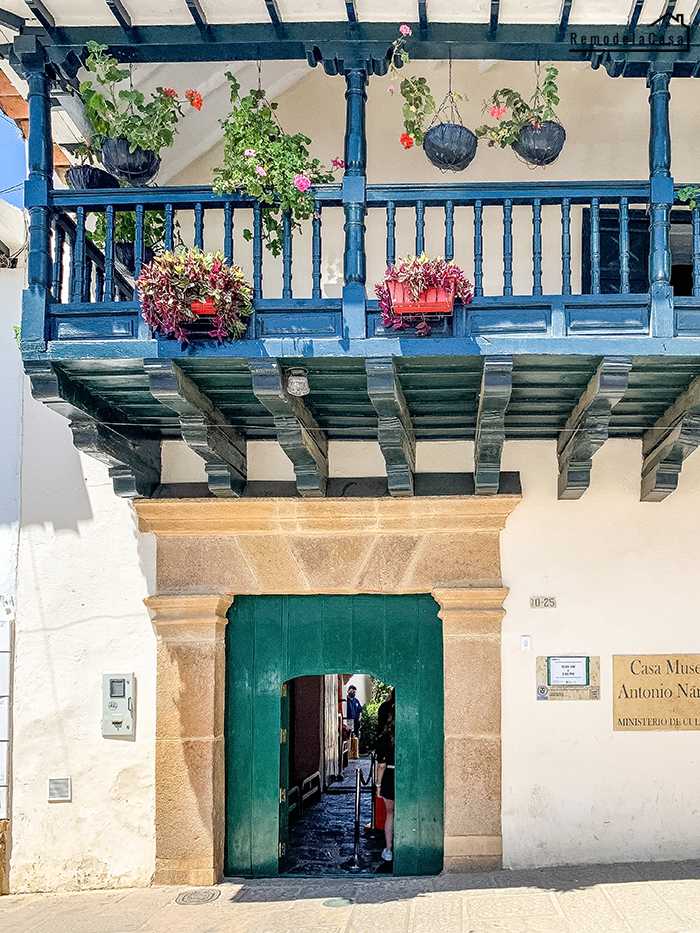

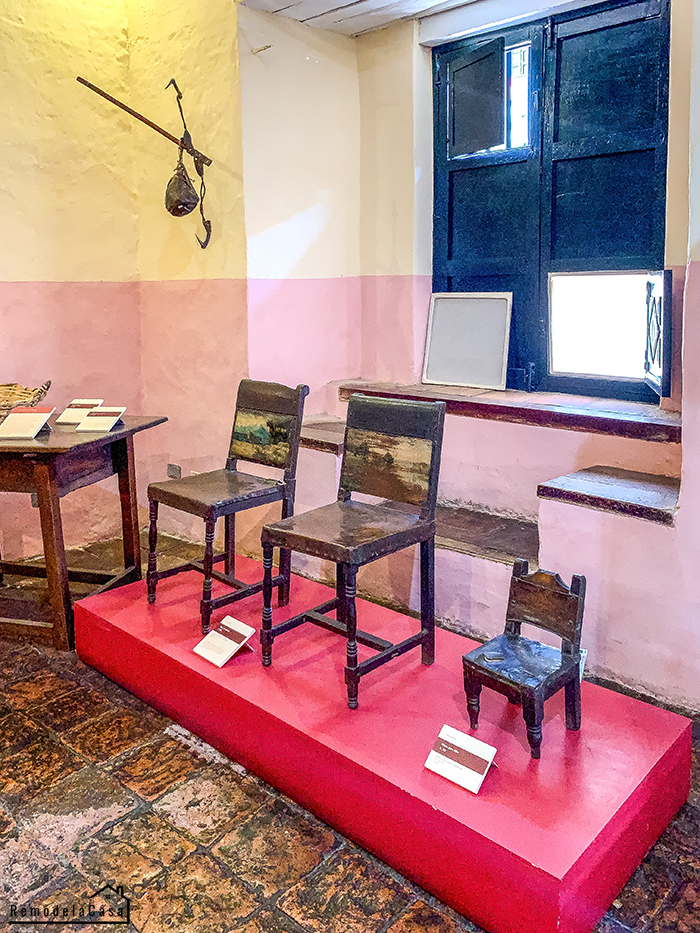
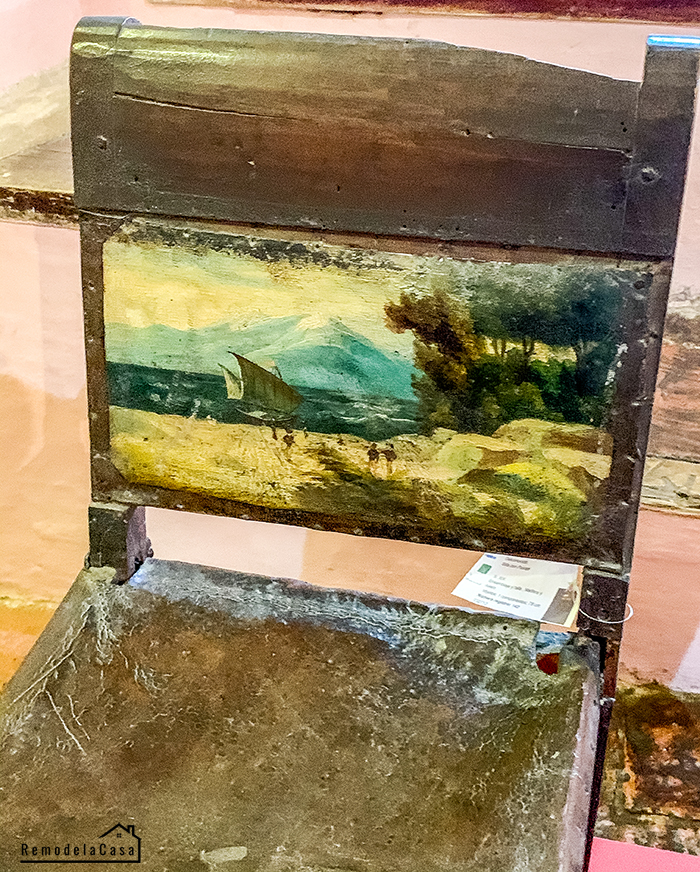
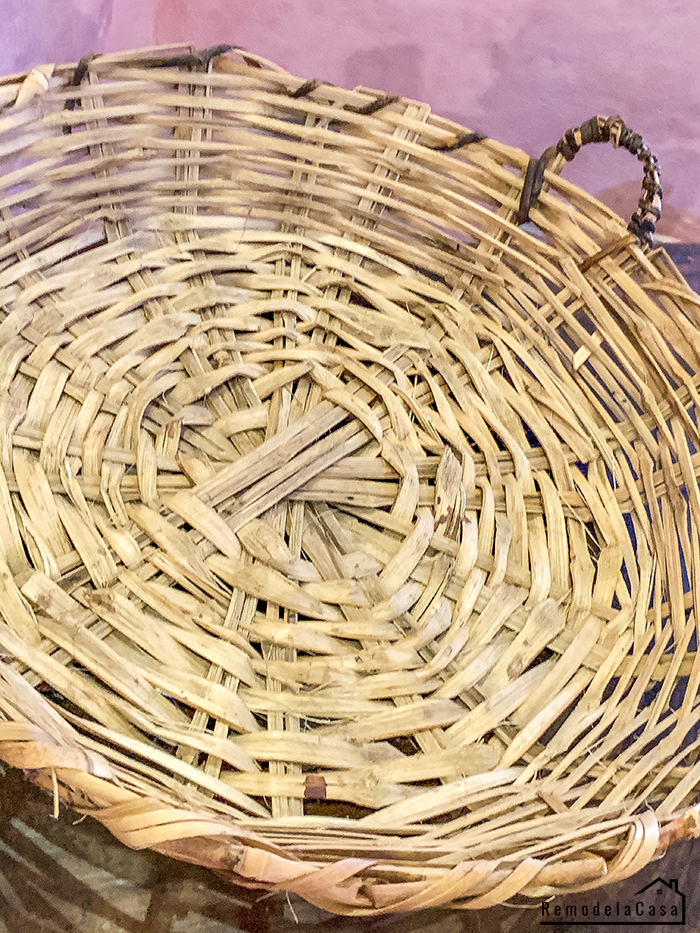

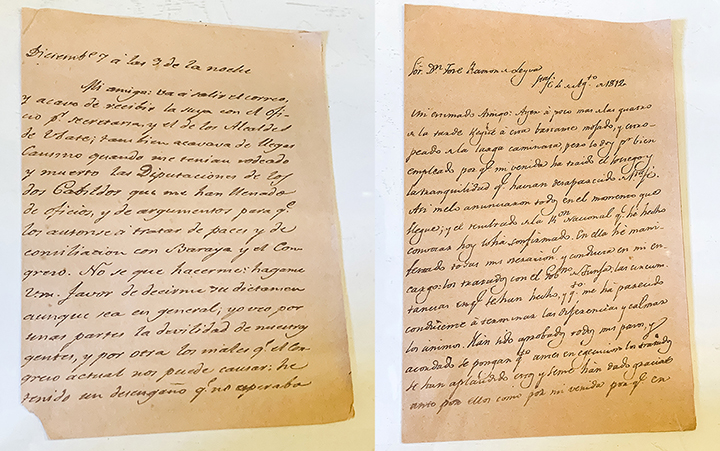




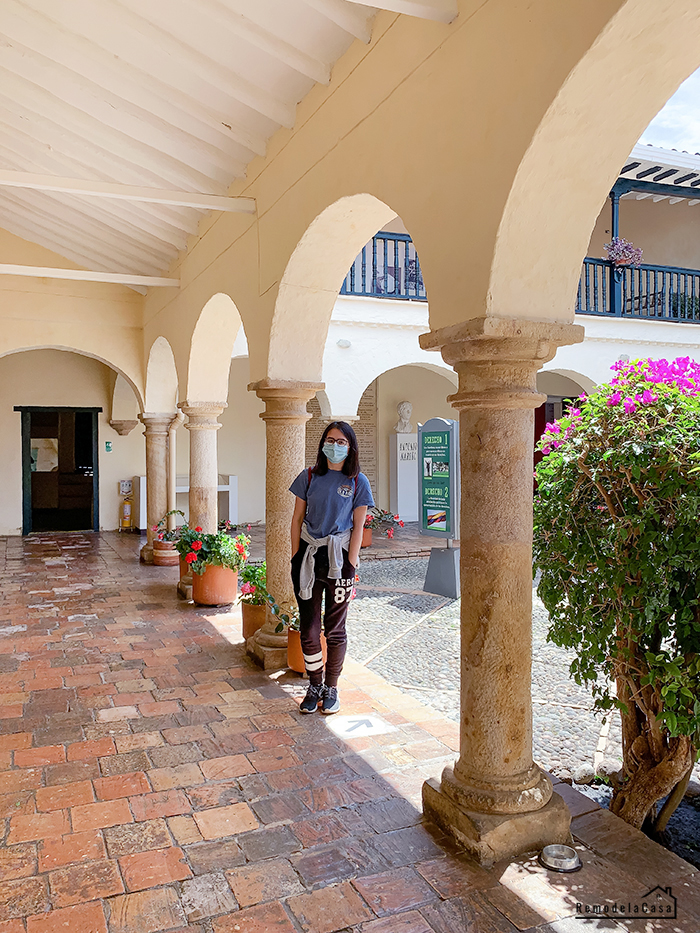





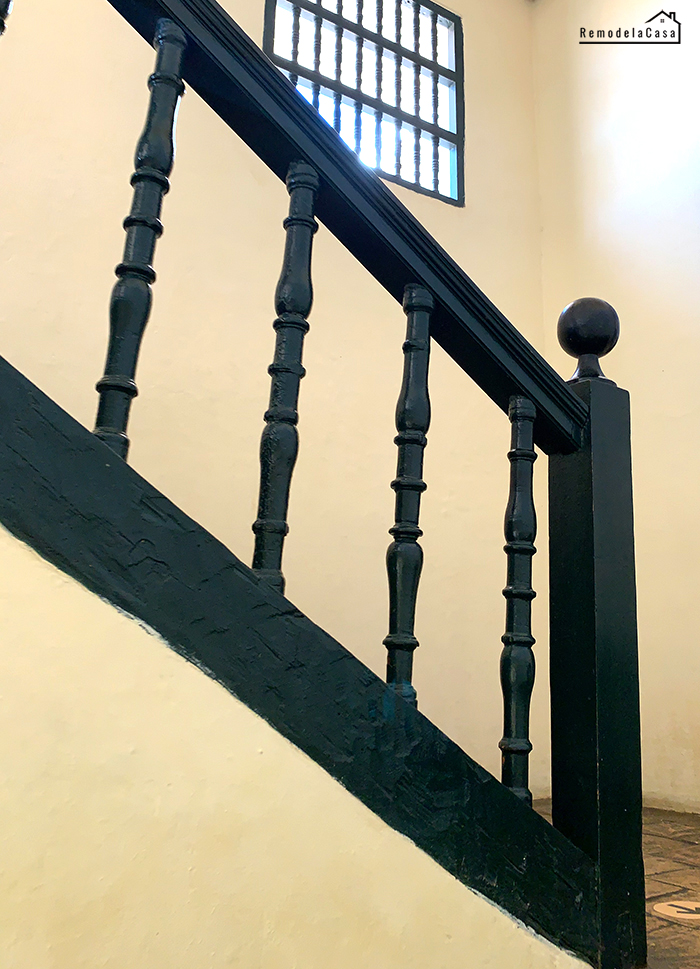

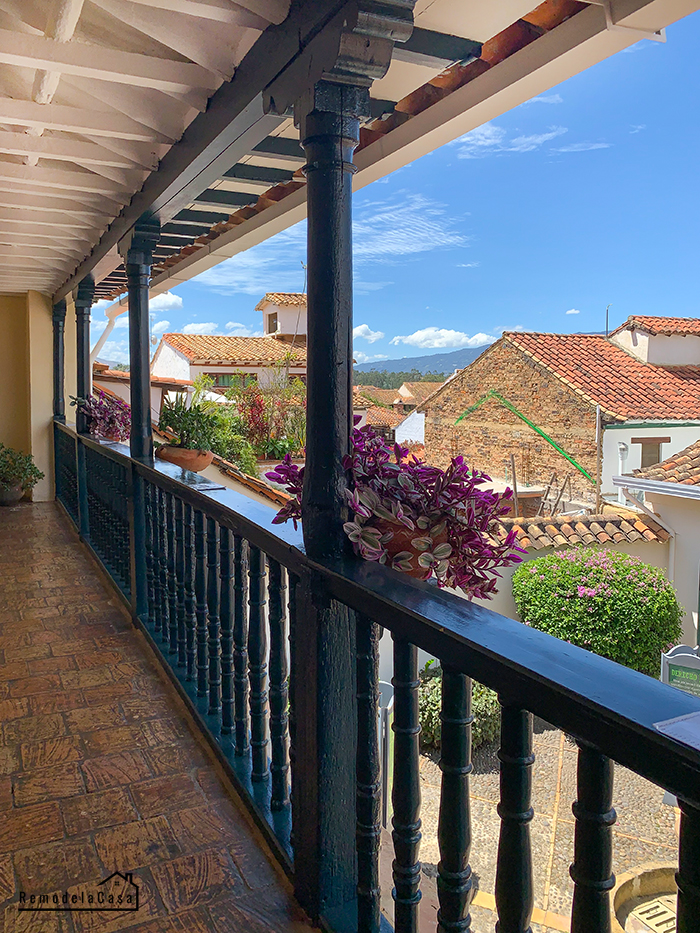
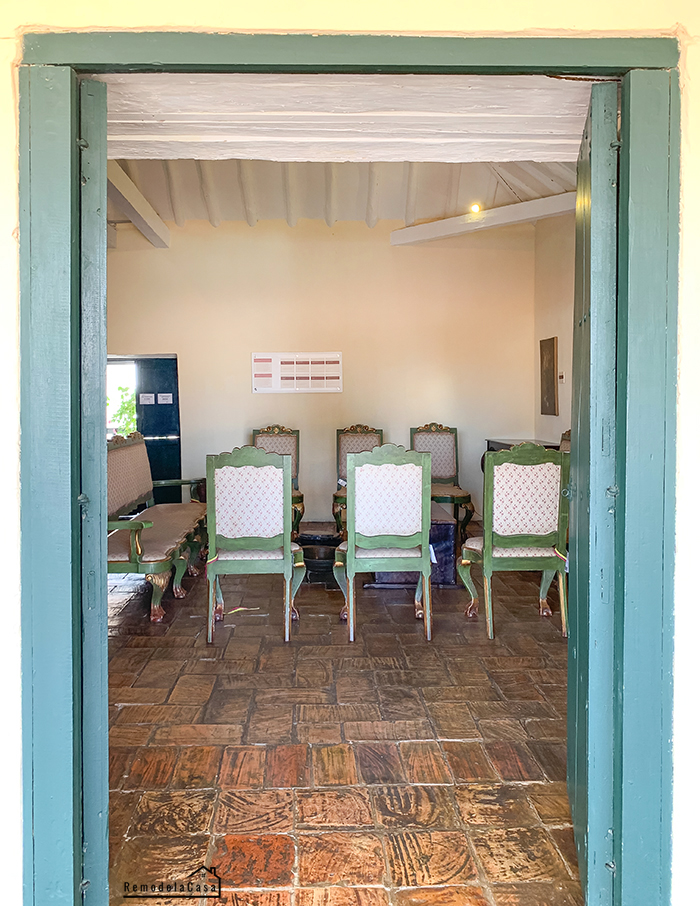








New comments are not allowed.